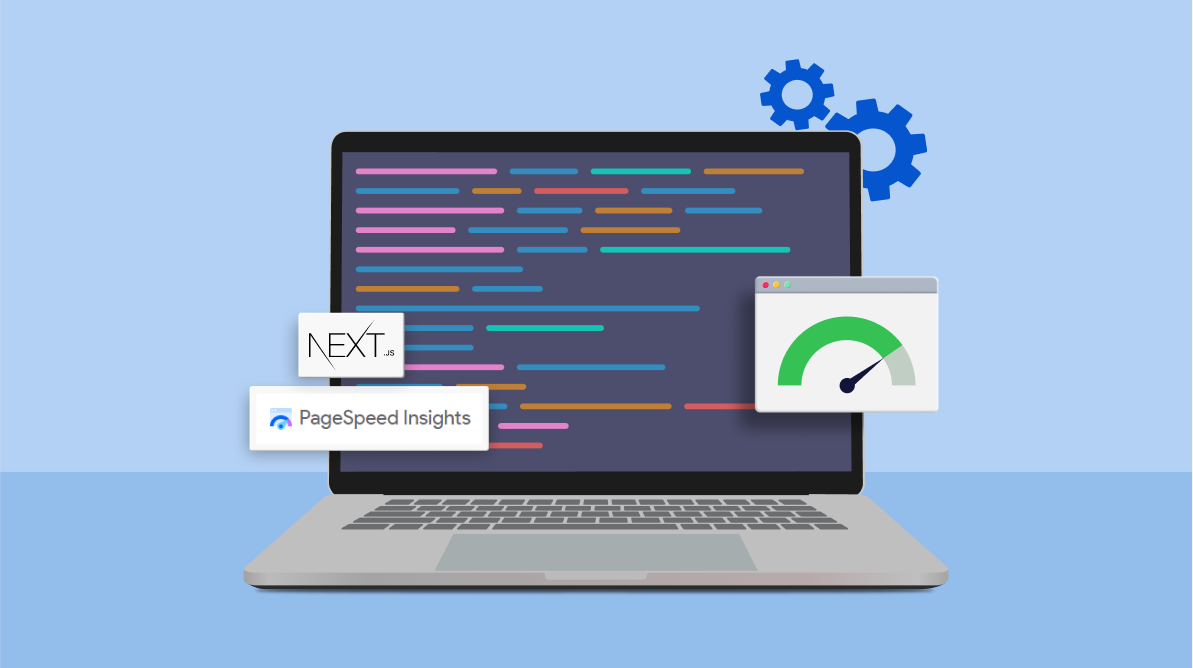Blog Details
Optimizing Next.js Applications for Performance, Scalability, and SEO in 2025

Next.js has evolved into one of the most powerful React frameworks for building modern, production-grade web applications. Its blend of server-side rendering (SSR), static site generation (SSG), and edge capabilities makes it ideal for developers looking to balance speed, SEO, and scalability. However, as applications grow, so does the complexity — and that’s where optimization comes into play.
In this article, I’ll share practical techniques and architectural patterns for optimizing Next.js applications for performance, scalability, and SEO in 2025. We’ll explore rendering strategies, caching layers, API optimization, image handling, and deployment best practices that ensure your Next.js app remains lightning-fast and maintainable at scale.
Understanding Next.js Rendering Strategies
Next.js provides multiple rendering methods, each with trade-offs that directly affect performance and SEO:
- Static Site Generation (SSG): Pre-renders pages at build time, ideal for content that doesn’t change often.
- Server-Side Rendering (SSR): Generates pages on every request, ensuring dynamic data freshness.
- Incremental Static Regeneration (ISR): Combines the best of both worlds by revalidating pages periodically.
- Client-Side Rendering (CSR): Renders pages in the browser — great for dashboards and authenticated sections.
The key is using the right mix. For example, an e-commerce app might use SSG for product listings, SSR for personalized pages, and CSR for user dashboards.
Optimizing Build and Bundle Size
Bundle size has a direct impact on load time. Next.js automatically splits bundles per route, but you can push optimization further:
- Use
dynamic(() => import('component'))for code-splitting and lazy loading. - Analyze bundles using
next build && next analyzeto detect oversized dependencies. - Move non-critical libraries (like charting or maps) into dynamic imports.
- Replace moment.js with lightweight date libraries such as
dayjsordate-fns.
These small adjustments can cut megabytes off your build, improving both Lighthouse and Core Web Vitals scores.
Process Story: Scaling a Real-World Next.js Application
Last year, I led the performance overhaul of a large-scale SaaS dashboard built on Next.js. Initially, the app suffered from slow page transitions and high server costs due to SSR overuse. By switching most pages to ISR and caching responses at the edge using Vercel Edge Middleware, we reduced TTFB (Time To First Byte) by 60% and improved LCP (Largest Contentful Paint) to under 2 seconds.
We also leveraged Redis caching for API responses and introduced preloading strategies using to accelerate navigation between pages. These optimizations dramatically improved user experience and SEO rankings.
Advanced Image Optimization Techniques
The Next.js
- Always define
widthandheightto prevent layout shifts (CLS). - Leverage the
priorityprop for above-the-fold images. - Use
next/imageloaders for CDN-based delivery like Cloudinary or Imgix. - Combine image optimization with lazy loading for faster initial rendering.
Improving API and Data Fetching Performance
Next.js supports multiple data-fetching patterns — getStaticProps, getServerSideProps, and the new app router hooks like fetch() and use() in Server Components. Here’s how to optimize them:
- Cache frequent API calls using Edge Middleware or Redis.
- Use
stale-while-revalidate(SWR) to update data in the background. - Implement pagination or infinite scrolling instead of fetching all data at once.
- Offload heavy computations to background jobs via serverless functions.
By using ISR and caching effectively, you minimize unnecessary recomputations while keeping data fresh for users.
SEO Optimization with Next.js
Next.js provides built-in SEO advantages thanks to SSR and metadata management. To make the most of it:
- Use the new
metadataAPI in the App Router to define titles, descriptions, and Open Graph tags. - Generate structured data with JSON-LD for rich snippets.
- Optimize routing with clean, semantic URLs and proper canonical tags.
- Preload critical CSS and JS using the
next/scriptstrategy attribute.
Combined with lightning-fast rendering and accessibility improvements, these optimizations significantly boost your ranking on Google and Core Web Vitals metrics.
Deployment and Monitoring Best Practices
Deploying to platforms like Vercel or AWS Amplify is straightforward, but maintaining performance requires continuous monitoring:
- Enable Vercel Analytics or integrate Google Lighthouse CI for performance audits.
- Use LogRocket or Sentry for runtime error tracking.
- Integrate Datadog or Grafana dashboards to monitor API latency and uptime.
- Adopt CI/CD workflows for automatic testing, linting, and preview deployments.
Continuous monitoring ensures your app maintains its speed and stability long after launch.
Key Takeaways
- Use ISR strategically — it\'s the sweet spot between performance and data freshness.
- Monitor and optimize bundle sizes to improve Core Web Vitals.
- Cache aggressively using edge functions and Redis.
- Leverage built-in image optimization and lazy loading.
- Continuously measure performance using Lighthouse and Sentry.
In conclusion, optimizing a Next.js app isn’t just about tweaking code — it’s about engineering an ecosystem that’s fast, resilient, and future-proof. By understanding rendering modes, caching layers, and deployment strategies, you can build applications that don’t just perform well but scale seamlessly as user demand grows.
Learn more about best practices from the official Next.js Documentation.
